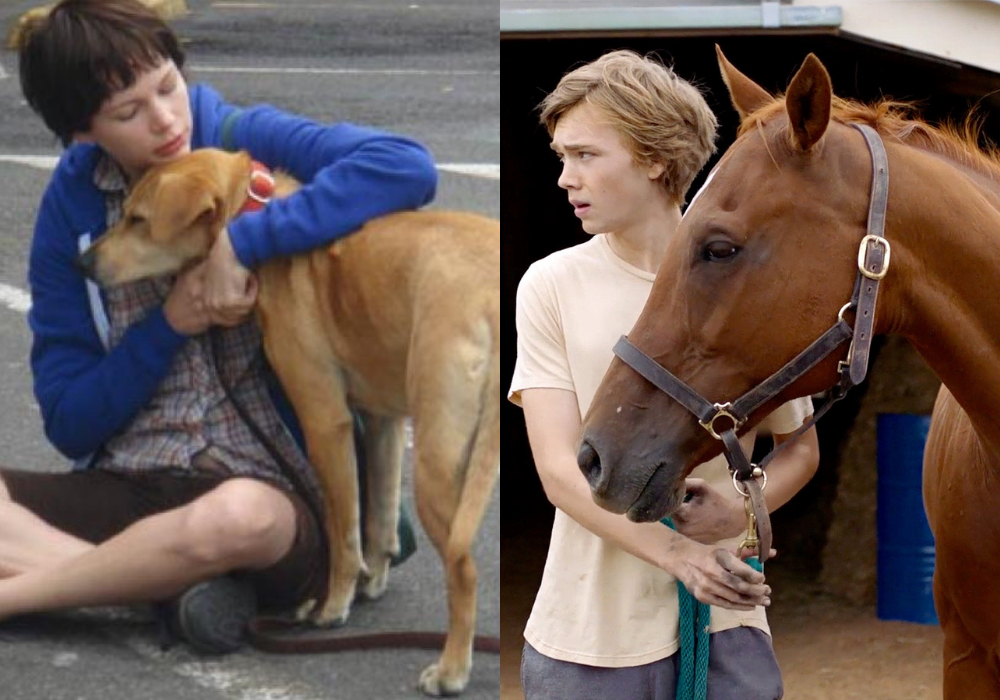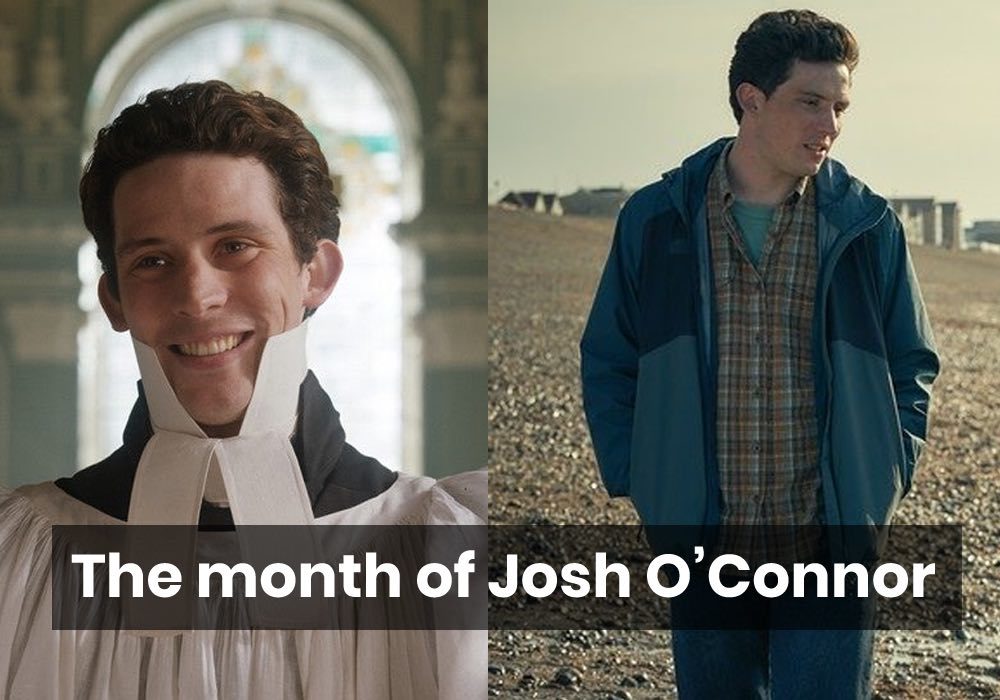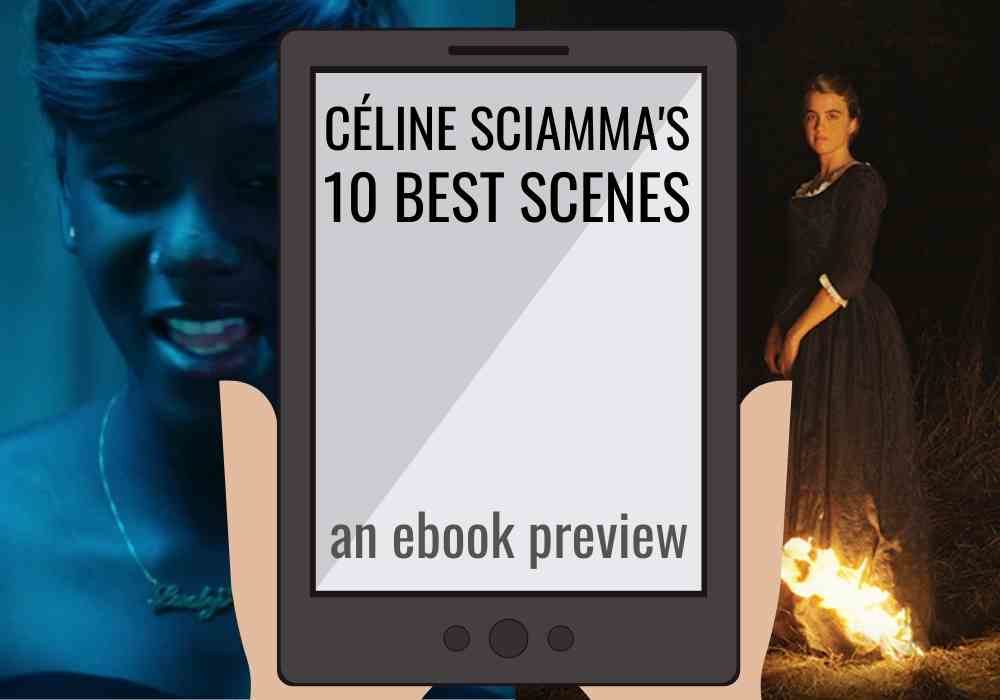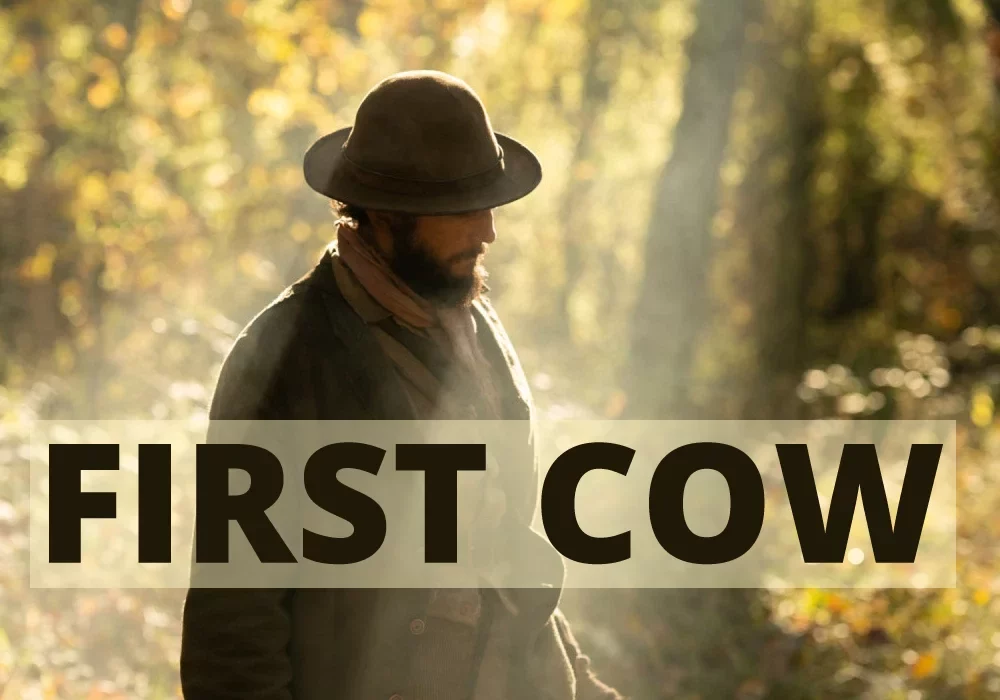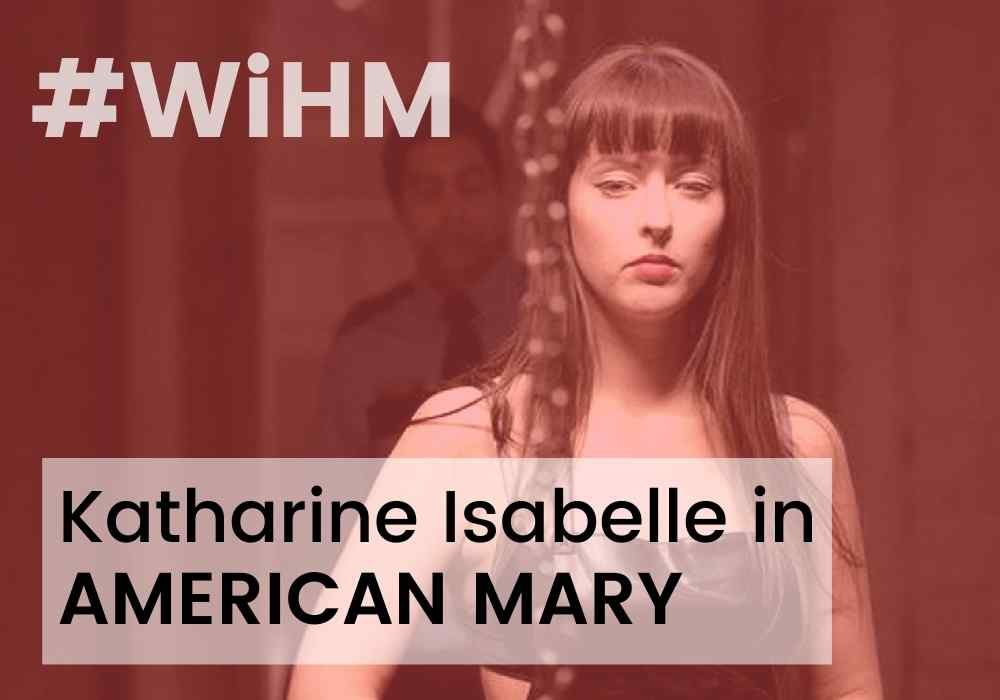Andrew Haigh’s Lean on Pete shares DNA with Kelly Reichardt’s westerns (e.g. Wendy and Lucy): both filmmakers are making modern westerns that deromanticize tired western tropes. This is an excerpt from our ebook on Lean on Pete. We will soon publish an ebook on the works of Kelly Reichardt.
Must Reads
Must reads are the best of the best articles at The Seventh Row. These include reviews, interviews, and essays. If you're new to the site, this is a good place to start to get a sense of what kinds of stories we write. Here is the best of our multidisciplinary approach to reviewing films, our most illuminating and original interviews, and our best essays.
The month of Josh O’Connor: Emma and Hope Gap
Josh O’Connor is the primary reason to see both Emma. and Hope Gap. Alex Heeney looks at what makes his performances so memorable.
Ebook preview: Céline Sciamma’s 10 best scenes
From Water Lilies to Portrait of a Lady on Fire, we analyse 10 of Céline Sciamma’s best scenes, revealing what makes her a master. This is an excerpt from our ebook, Portraits of resistance.
Review: Kelly Reichardt’s First Cow and dreamers thwarted by capitalism
Kelly Reichardt’s latest film about the myth of the American West, First Cow, follows two men searching for a better life elsewhere that’s always just slightly out of reach.
Katharine Isabelle in American Mary (Great horror performances #5)
Rosie McCaffrey discusses why Katharine Isabelle’s performance in American Mary is one of her favourites by an actress in a horror film.
Kristen Stewart in Personal Shopper (Great horror performances #4)
Kristen Stewart uses physical tics as pointedly as lines of dialogue. Her artificial, artfully rendered oddness reveals something naturalism could not.
